
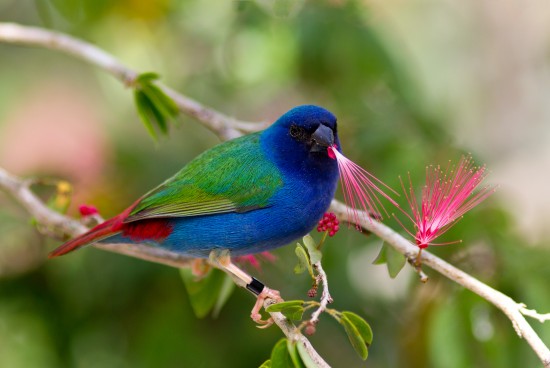
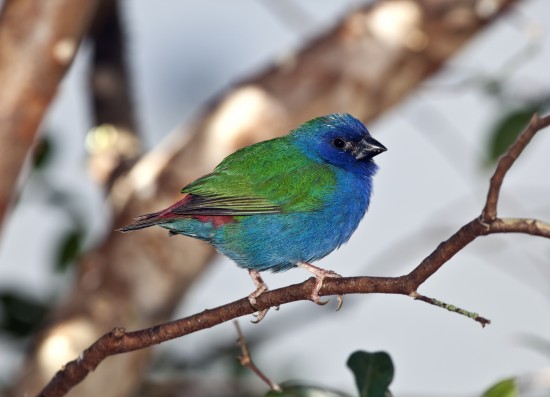
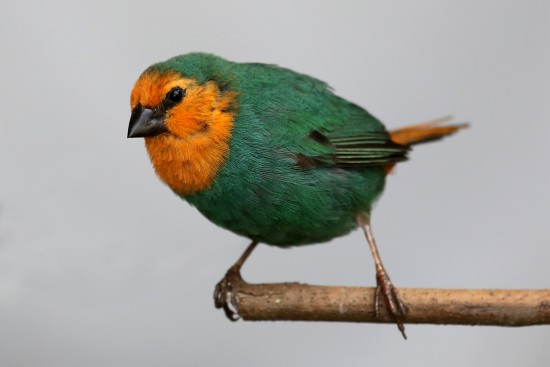
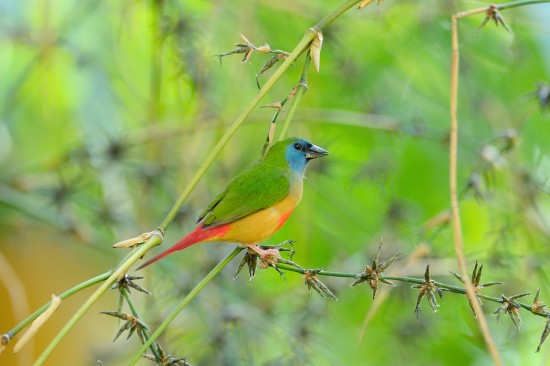
Parrotfinches are small finches which are brightly coloured and are found across south-east Asia, northern Australia, New Guinea and some Pacific Islands. Some of the species are commonly kept in aviculture in this country, other less so.
Generally, diet wise, these are seed eaters who enjoy a foreign finch mixture supplemented by wheat, barley and green seeds, fruits such as pear or apple, small millet seeds and canary seed. They also enjoy soaked seed and egg food.
The Blue faced (Erythrura trichroa) is one of the Parrotfinch species seen quite often in aviculture. These birds are 11.5-12cm in length and originate from New Guinea, Micronesia, Soloman island and the northeast seaboard of Australia where they live in montane and moist forests.
Their body feathers are mostly green with a bright blue face. They can be sexed usually by the hen having more mutated colours to her feathers. Mutations bred in captivity include lutino (yellow), sea green, pied and pastel colours.
Socially, they are active birds which usually get on well with others, but are best kept one pair to an enclosure. They can also be a bit of a pest to other breeding pairs so sometimes, a large cage can be the best bet.
Blue faced Parrotfinches can produce up to three clutches per year; there are normally 3-6 eggs that hatch after 12-14 days and fledge at around 21 days. They are weaned from their parents at about 31 days, and their first moult comes between 2-5 months. They can breed at the age of 4-5 months but for long term health, it is best to wait until an age of 8-10 months.
The Red Headed (Erythrura psittacea) are the other more common Parrotfinch species to be kept in this country. They are originally from New Caledonia where they live in moist forest areas and shrubland.
Normally, they are 12cm in length with a dark green body and bright red head. Mutations bred include sea green, pied and pied sea green. They are difficult to sex, but the male as slightly more red on his head and will sing a long, drawn out trill compared to the hen.
They are lively little birds who live well with others. They are very inquisitive, and mine are taking well to a mixed aviary with other finches and larger birds. It is often recommended to keep more hens than cock birds to avoid any problems, but this may depend on how they have been reared.
Typically they can produce 3 clutches per year of 4-6 eggs. They chicks hatch at 13-14 days and fledge around 21 days. They are weaned by 5 weeks, and their adult plumage takes until the age of 3-4 months to be complete.
The Tricoloured or Forbes Parrotfinch (Erythrura tricolor) is the other main species found in captivity, in this country. They are smaller than the other two species at around 9-10cm and feature all three colours; blue on their head and breast, green on the back and wings and a bright red tail. Females are duller in colour so sexing visually is quite straightforward. Mutations include sea green, pied, lutino (yellow) and pastel.
They originate from Indonesia and East Timor where they live in tropical dry forests and savannah areas. They are timider than their cousins and live in pairs or small family groups.
They prefer a nest box which is at as high a point as possible. The male will chase the female and when she allows him to catch her, mating will occur; otherwise it is really good exercise for them! The male brings nesting material to the hen who does the building and then lays 3-4 eggs, one a day. They are incubated for 13 days and fledge at around 18-21 days. The parents continue to feed them for around three week more and the young have their adult plumage at 2-4 months.
The Pintailed Parrotfinch (Erythryra parsina) is seen in captivity, though not frequently. It is bigger than its cousins at 13-15cm and has a blue face, brilliant red breast and tail and a green back and wing feathers. Mutations include yellow bellied, sea green and pied.
Unlike the other Parrotfinch species, the pintailed have a reputation for being hard to breed as well as shy birds who like to be kept in a flock. When breeding does occur, they can have 3 clutches of eggs, 3-6 per round which are incubated for 13-14 days. They fledge at 21-23 days and are independent at 28 days. Adult plumage takes longer to come through than other species, around 6-8 months.
The Tawny Breasted Parrotfinch (Erythrura hyperuthra) is also known as the Bamboo Parrotfinch and is kept in aviculture, mostly in Australia but is rare. They originate from Indonesia, Malaysia and the Phillippines where they live in moist forest areas. They live in amongst bamboo plants so to keep in captivity, need these to be happy.
The Green faced Parrotfinch (Erythrura viridifacies) comes from the northern Philippines where it lives in the moist forests or savannah areas, sometimes in the lowlands. It is also rarely known in aviculture across the world.
The Fiji Parrotfinch (Erythrura pealii) is endemic to Fiji where is lives in forest and open areas, as well as grassland and pasture or even gardens. They are nectar feeders and are sometimes kept in aviculture where they need to live just one pair to an enclosure.
Other species include: Pink billed Parrotfinch, Royal Parrotfinch, Short-tailed Parrotfinch, Papuan Parrotfinch and the Red eared Parrotfinch.
The three most common Parrotfinch species are quite easy to keep in captivity with basic feeding requirements, as well as breeding needs. They may have some heat needs, depending on where they were raised, and some will mix well with other finch species in mixed aviaries. They are quiet little birds who are active and entertaining and a pleasure to watch so in a large cage or an aviary are a great addition.
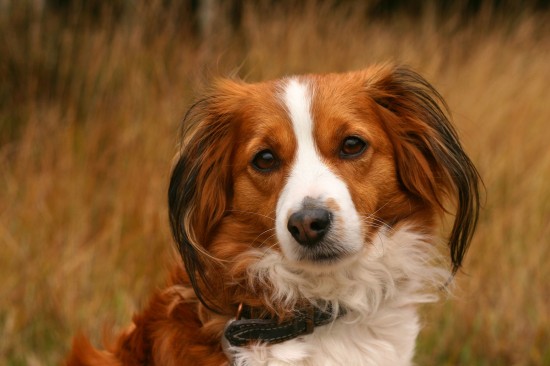 Is The Kooikerhondje A Good Choice Of Pet Dog?
Is The Kooikerhondje A Good Choice Of Pet Dog?
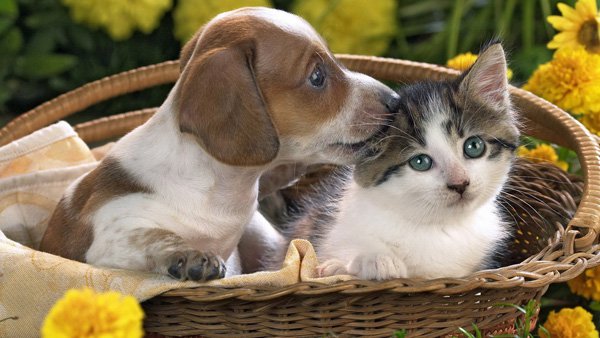 The Best Chance for Lost Pet Recovery With Pet Recovery Microchip
The Best Chance for Lost Pet Recovery With Pet Recovery Microchip
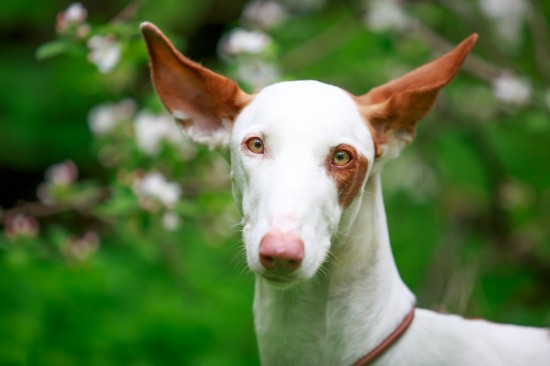 10 Very Unique Dog Breeds You May Not Know About
10 Very Unique Dog Breeds You May Not Know About
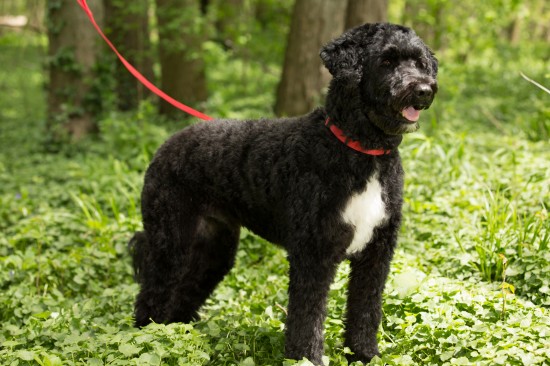 Health Issues Commonly Associated With The Portuguese Water Dog
Health Issues Commonly Associated With The Portuguese Water Dog
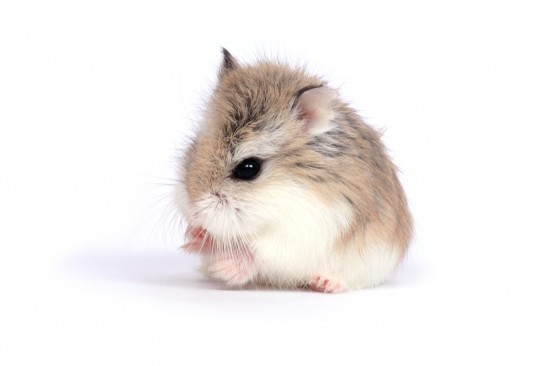 Information On Dwarf Hamsters
Information On Dwarf Hamsters
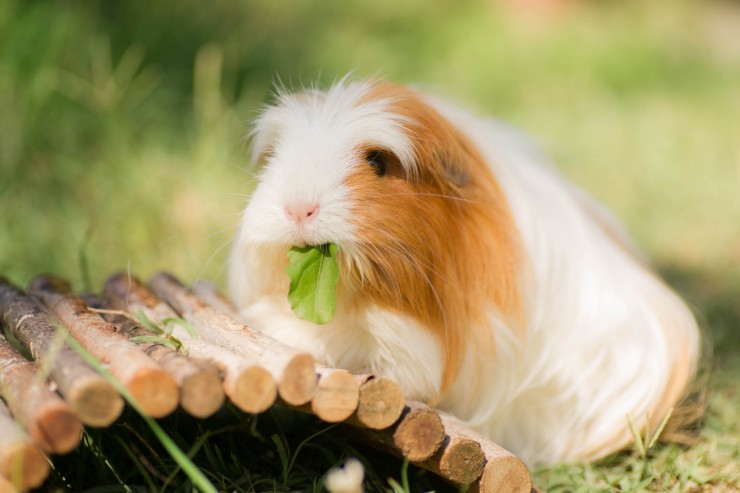 How To Set Up A Great Environment For Your Guinea Pig
How To Set Up A Great Environment For Your Guinea Pig
Copyright © 2005-2016 Pet Information All Rights Reserved
Contact us: www162date@outlook.com